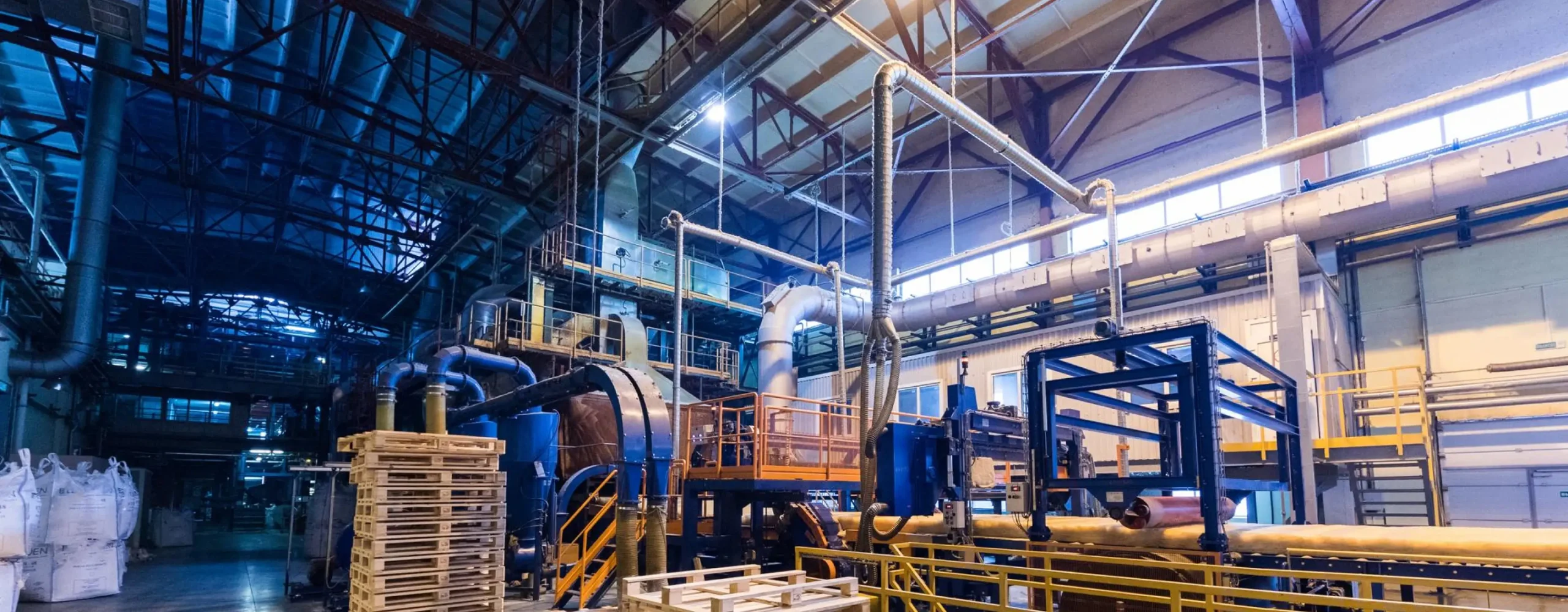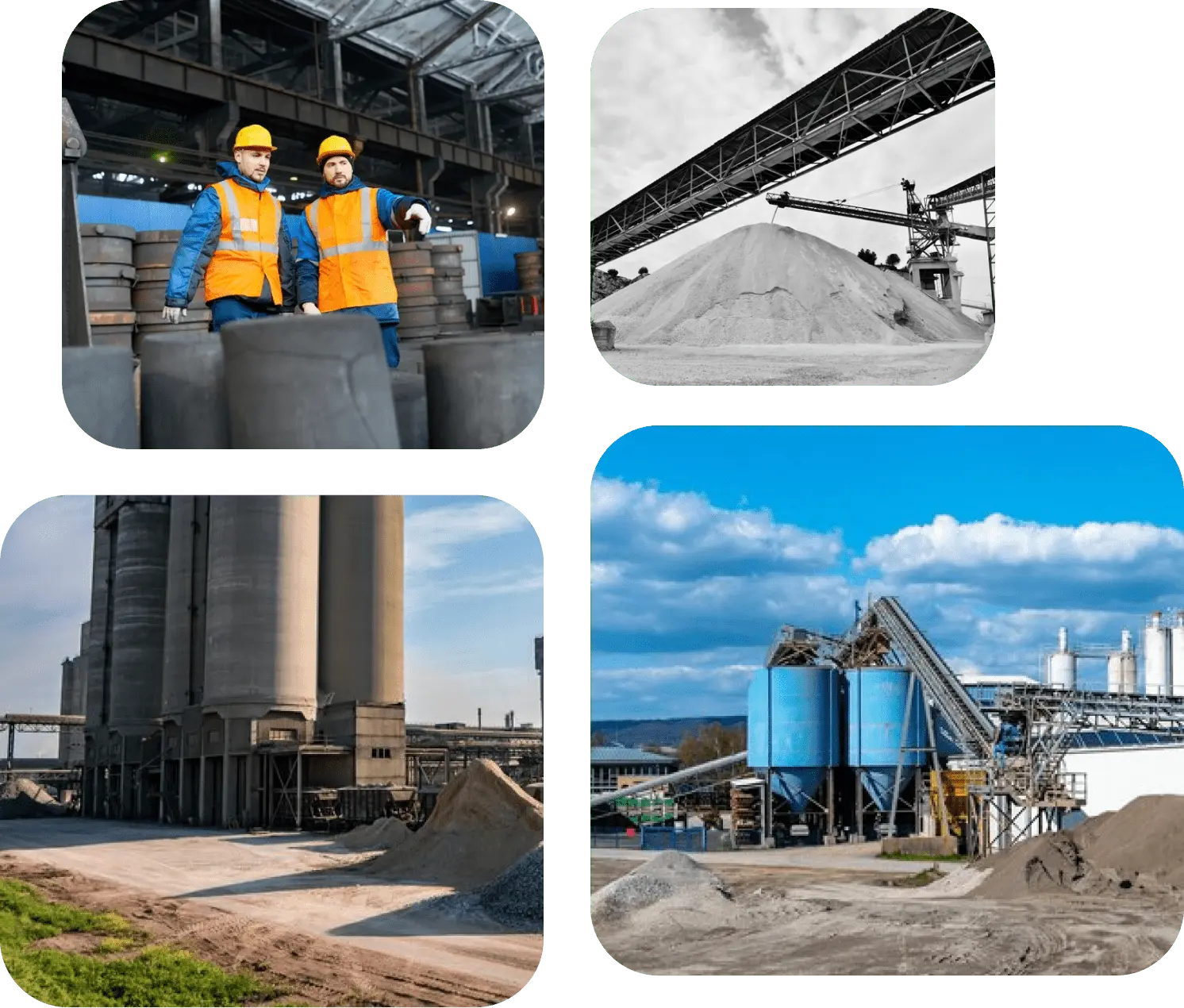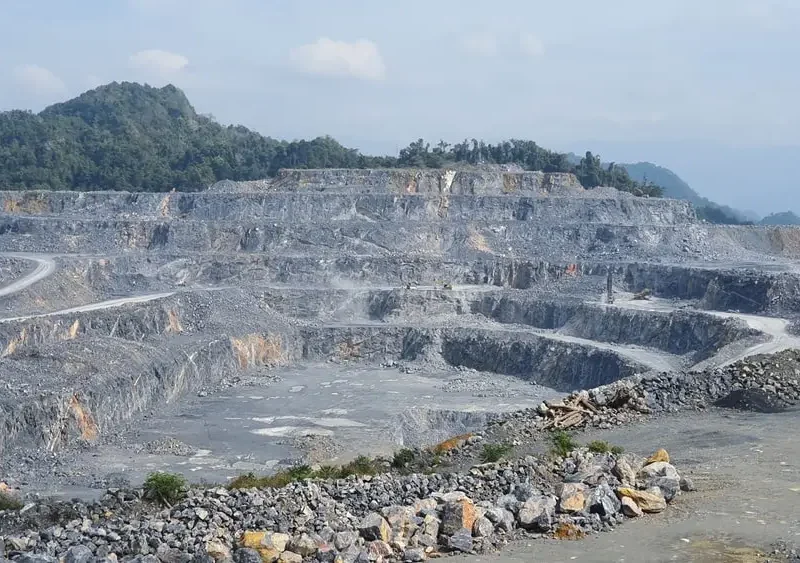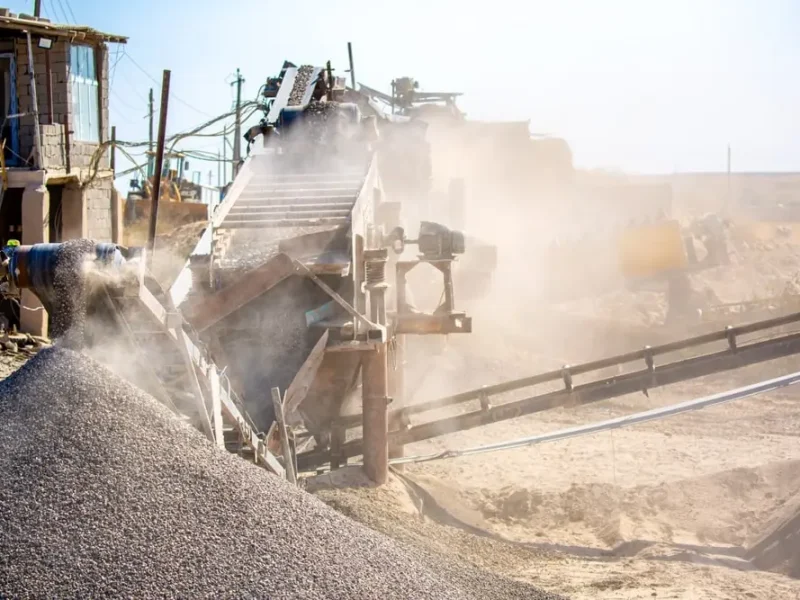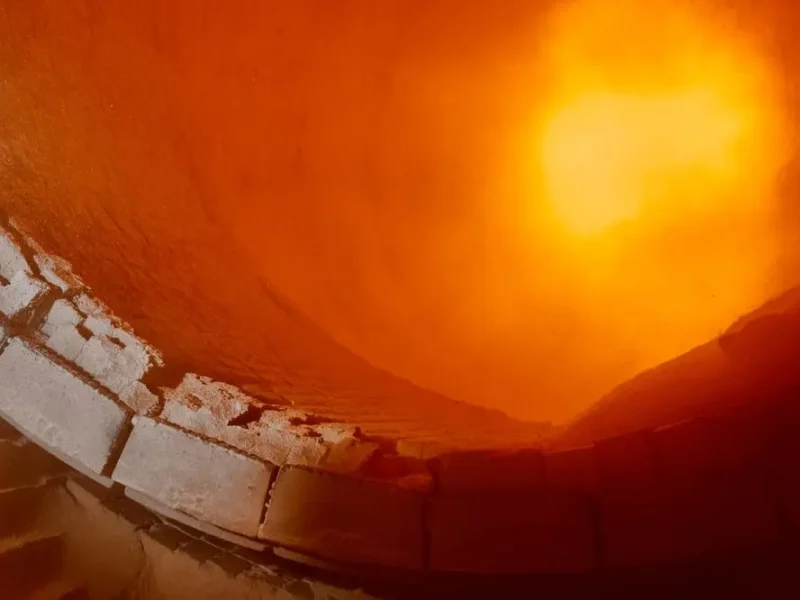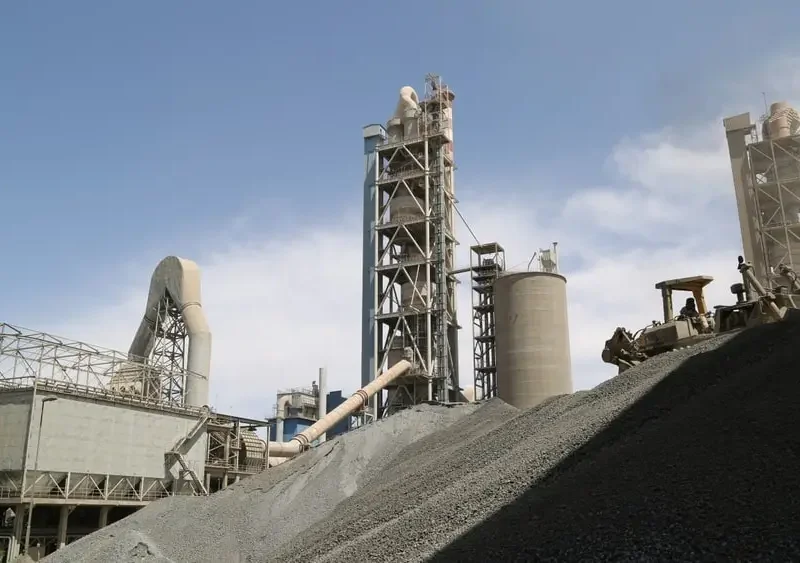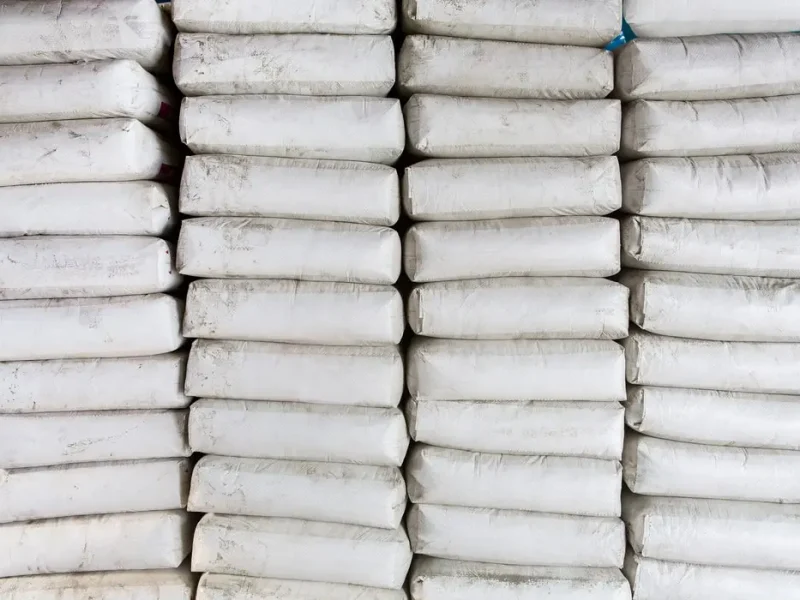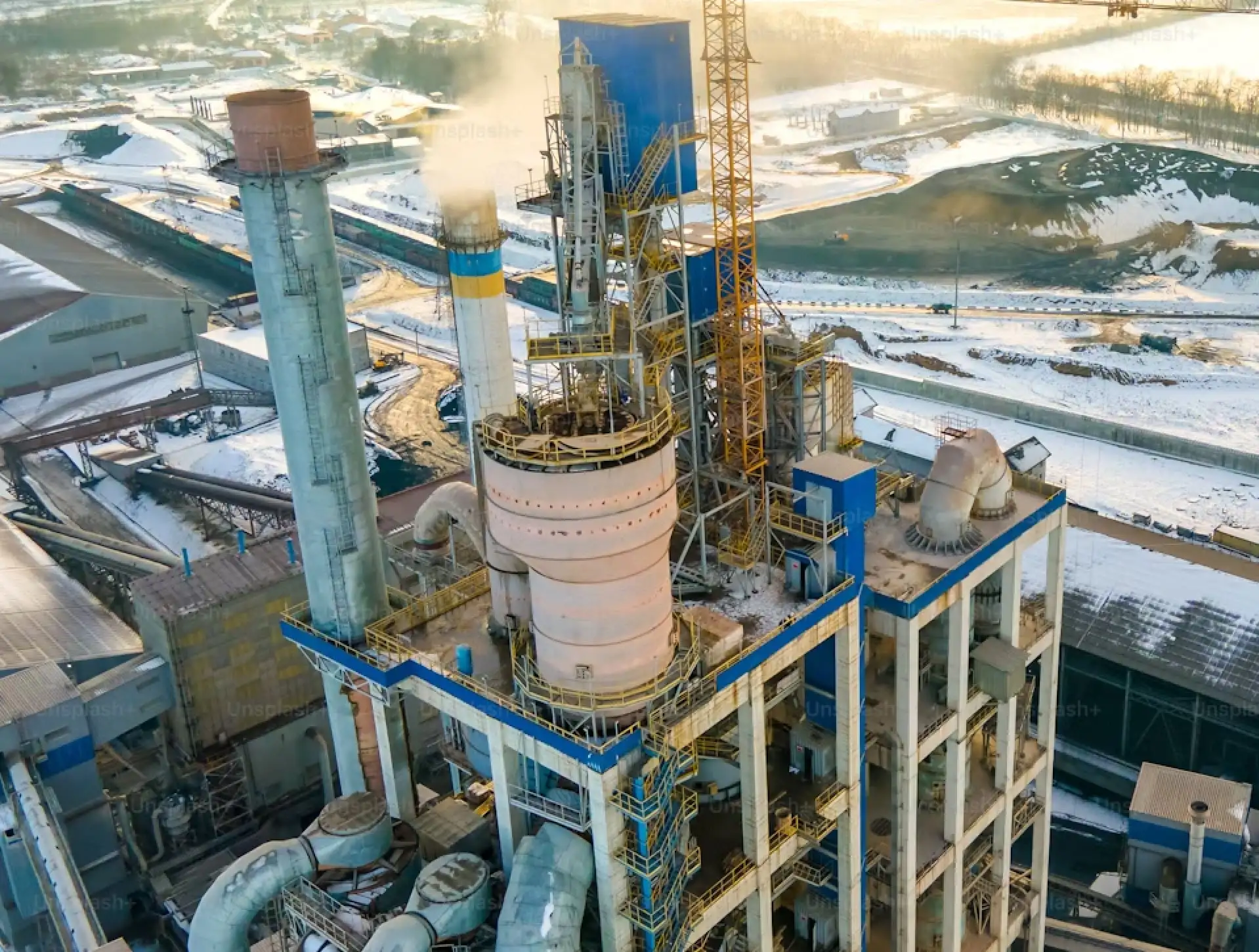Cement
Production
Cement made it possible for humans to settle in one place and to urbanize their settlements. The ability to construct public buildings and amenities that could withstand the elements, disasters and even invasion truly laid the foundation for modern society.
Cement production methods are well established, energy intensive, and widespread. The sector is termed hard to abate due to the high tempearture requirements and process related carbon emission.
